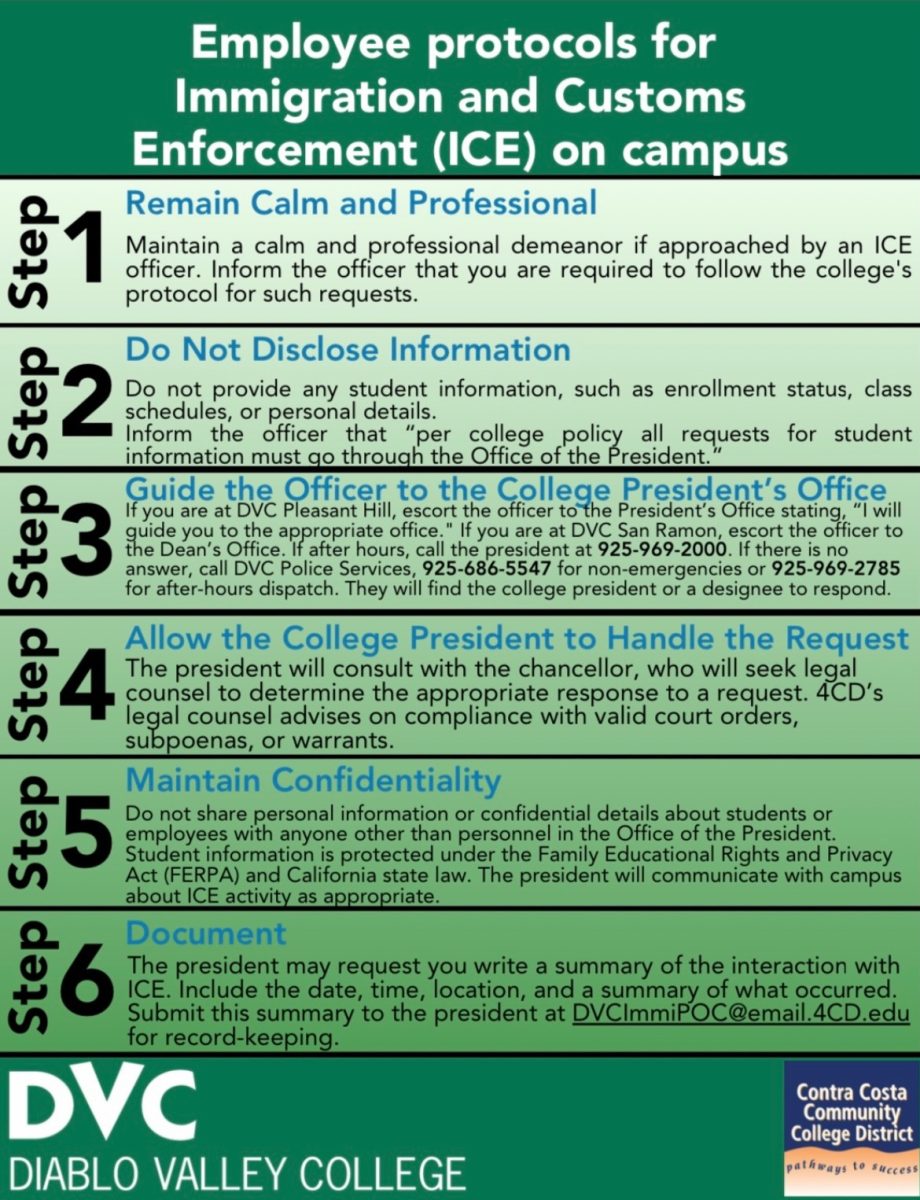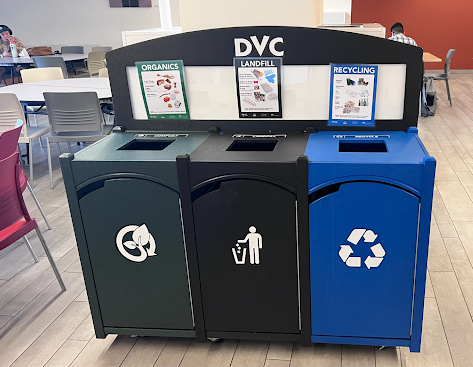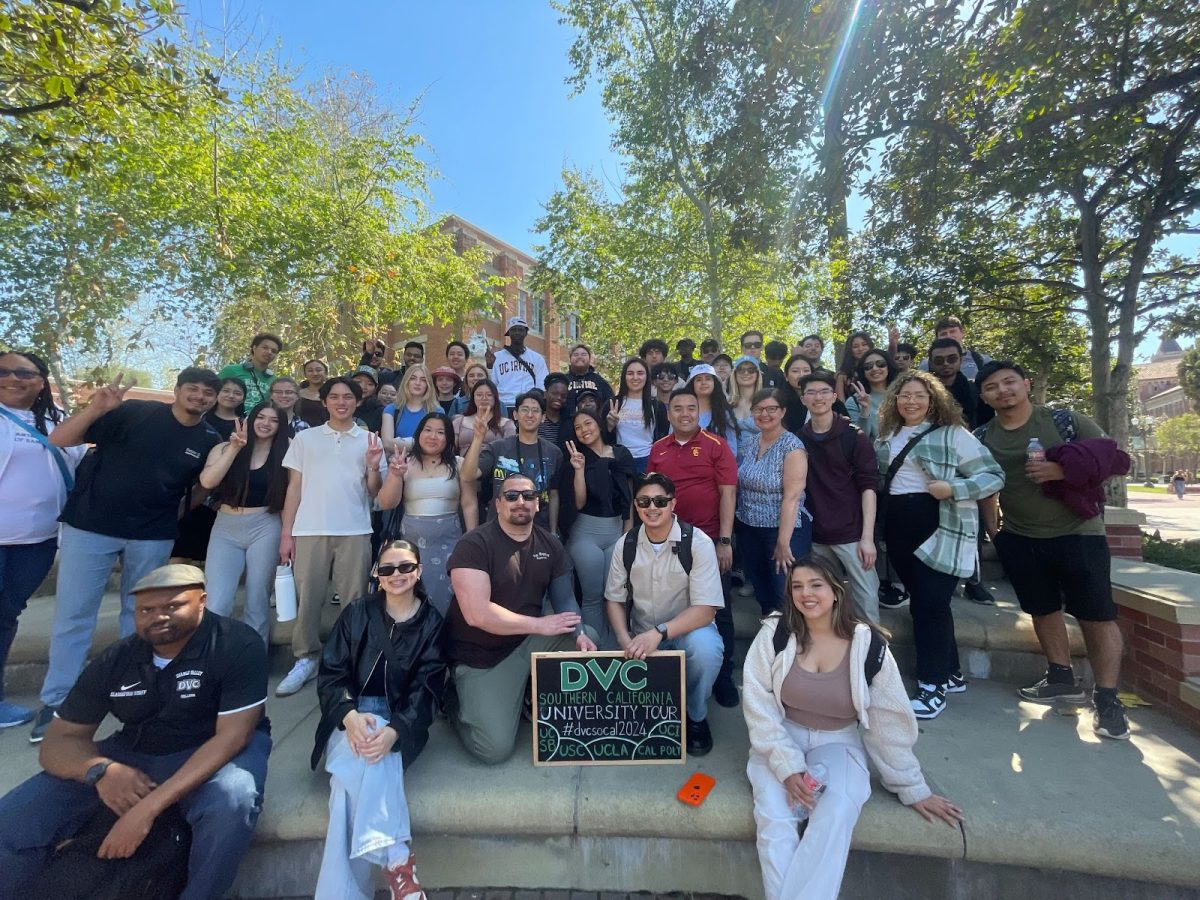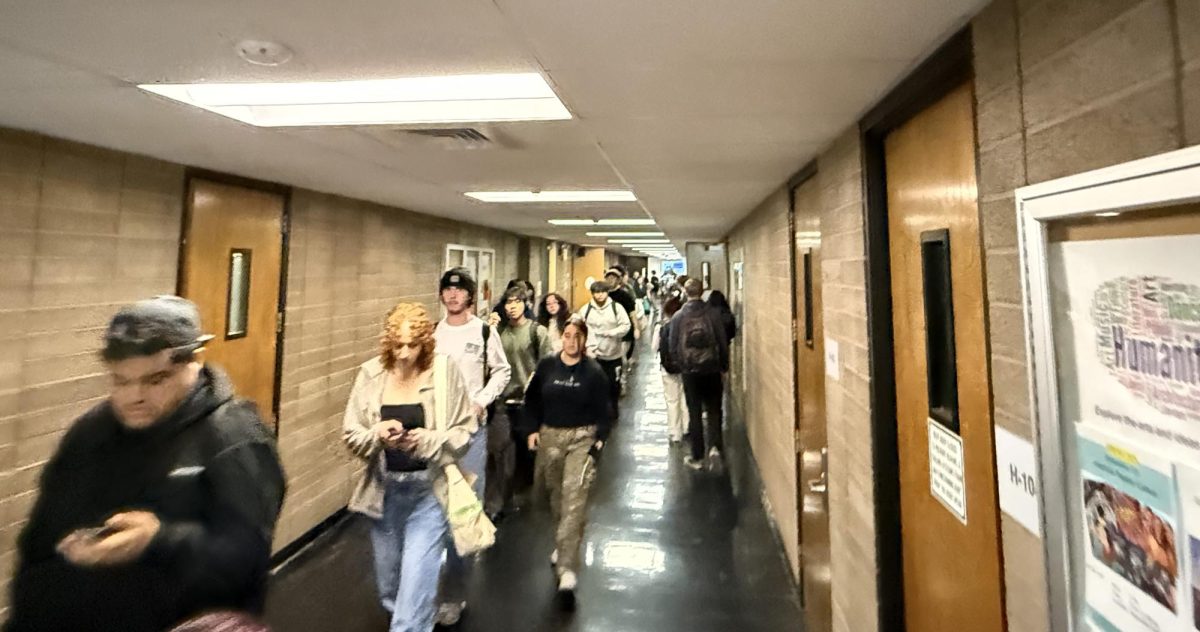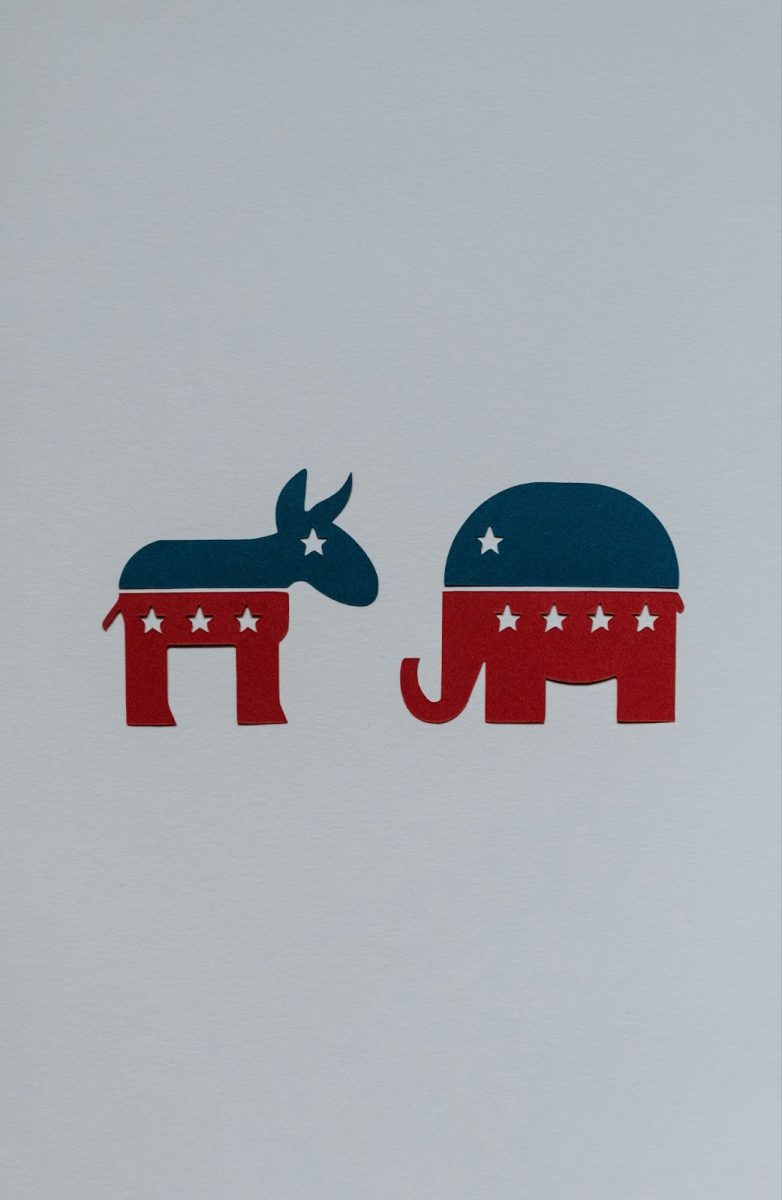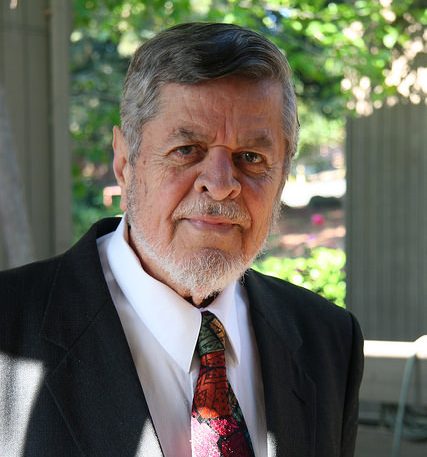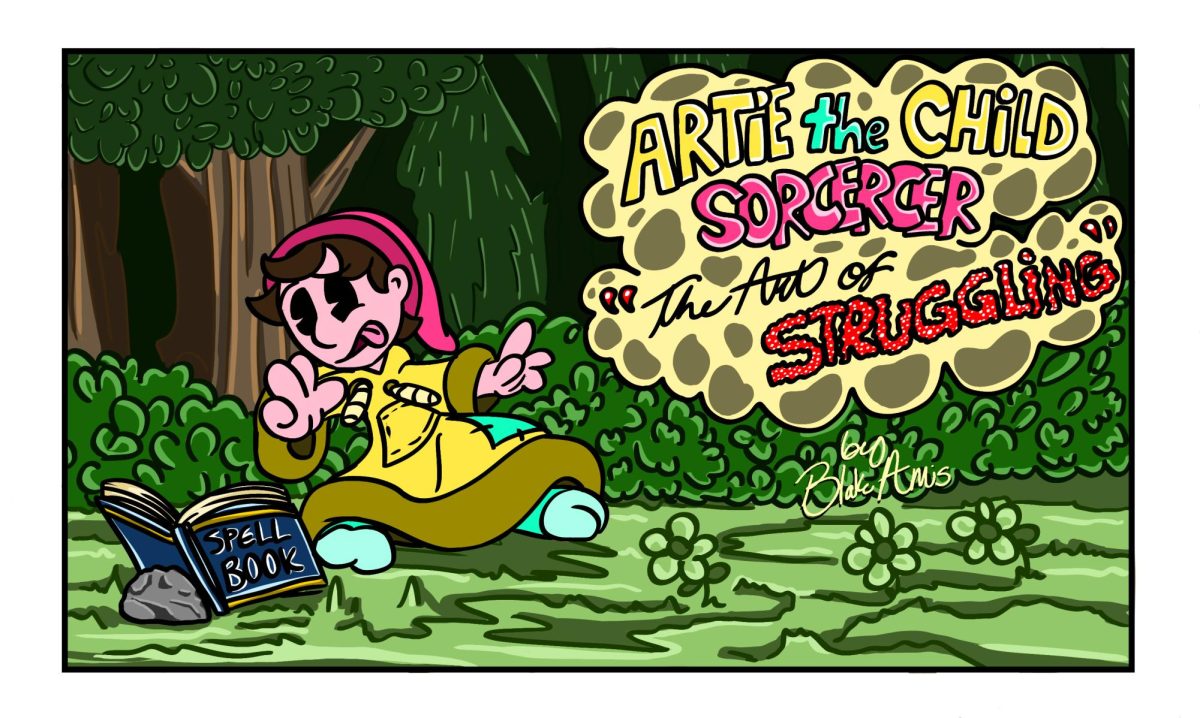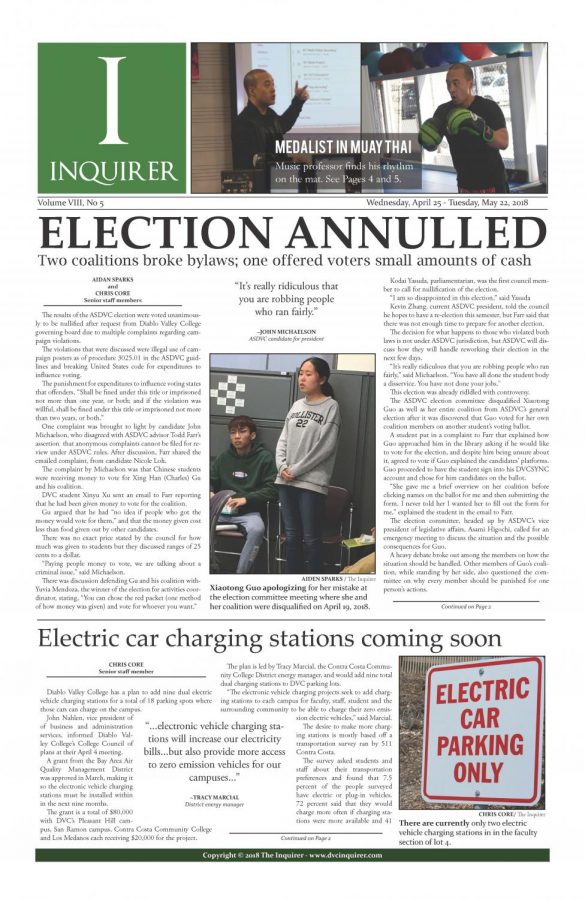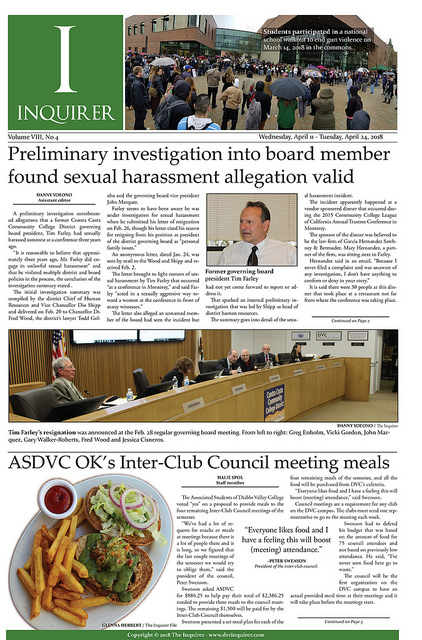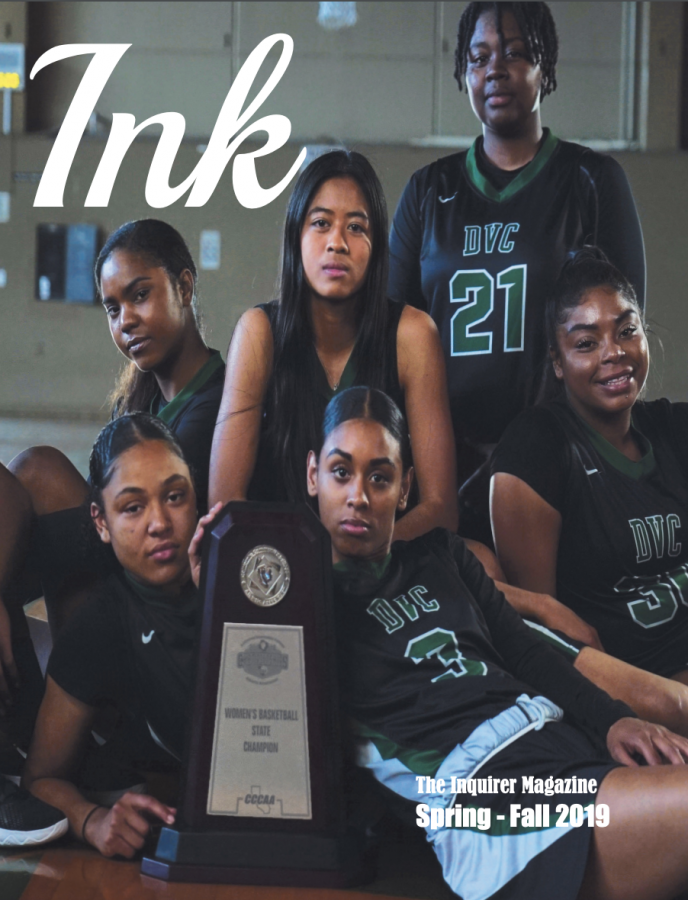In January, California Gov. Gavin Newsom announced a budget proposal that called for an 8 percent reduction in state funding for California State University schools in 2025 and 2026, while pushing back a previously promised 5 percent budget increase until 2027 and 2028.
Already, the effects are being felt at state universities as courses — and in many cases entire programs — go on the chopping block. The news of massive cuts to state schools has become a worrying sign for students at Diablo Valley College as they make plans to attend 4-year schools.
“People who are going to CSUs are probably not going to have as good of [an] educational quality as before,” said Salahadeen Fernandez, a student at DVC’s Pleasant Hill campus.
Noah Ramirez, another DVC student, said he is planning to transfer to CSU Northridge and expressed concerns about the budget cuts.
“I don’t see why they would do budget cuts,” Ramirez said. “I feel like it’s one thing to cut funding for programs that people need for their major or their career, but it’s another thing to not even tell us why they’re doing budget cuts.”
Sonoma State University has been among the most hard-hit early victims of the proposed changes. According to EdSource, school officials announced their entire NCAA Division II sports program will cease next year in addition to the school “planning to close six academic departments and eliminating two dozen majors.”
San Francisco State is another university being severely affected by the cuts. The school already “offered 443 fewer courses in 2024 compared to 2023,” according to EdSource, and claims it will reduce its spending on library-related resources such as books and journals “over the next two years.” The situation had reached a point where even a mock funeral march was recently held by students and staff to protest academic job cuts.
Meanwhile, Sacramento State is anticipating making a one-time cut of $45 million, and CSU Dominguez Hills has considered reducing the number of its course sections, after having “already whittled $19 million from the school’s base budget since the 2023-24 school year,” according to EdSource.
Fernandez, despite not currently planning to transfer to a CSU himself, cited a lab-based course he took at DVC as an example of how reduced funding could negatively impact students’ education.
“In a lab I took in the past, we had to find some way around not using certain tools because we couldn’t afford them,” he said, “or we just simply didn’t have them because there’s not enough funding for [them].”
Without the budget cuts, schools could do so much more with their resources, he said.
“That funding can apply to a lot of different things, not just labs,” said Fernandez. For example, “if it’s about sports, it could affect the quality of the sports [program] and the training they get.”
Before the budget cuts were announced, state schools were already feeling the impacts of lower enrollments.
“The enrollment decline at some CSU campuses reflects a national trend that was exacerbated by the pandemic and is not specific to our system or state,” Bobby King, director of communications at San Francisco State University, said in an emailed response to The Inquirer, specifically about the impact of the proposed budget cuts on transfer students.
King said he thinks the situation may see a turnaround and improve in the near future. “With enrollment stabilizing at many area community colleges, we are hopeful that we will see an increase in transfers,” he said. “Our applications for transfer students for next year are currently up slightly.”
He added, “SFSU has expanded its housing options for first-year students, including transfers. We now guarantee all freshman and transfer students guaranteed housing and have created a transfer-specific community.”
As a result of the abrupt changes coming to California State University schools, some community college students have been left wondering if they may need to make major alterations to their current education plan — say, by switching focus to another major, or even transferring to a school out of state.
Fernandez and Ramirez, despite their concerns, say they are sticking with their current college plans.
“I think I still would definitely continue with my plan,” said Fernandez. However, “if my plan was to go to a medical school or a pre-med [program], I would probably try to transfer somewhere else. Instead of a CSU, I would try to go to a UC instead.”
Ramirez echoed him.
“Yeah, I still am [continuing with my current college plan] and I would like to. Anything that helps me get to the career path that I want to do, I am all for it,” Ramirez said.
Both students said they would not consider transferring to another college or university outside California as a result of the cuts.
“To be honest, no, I wouldn’t [leave],” said Fernandez. “I don’t think I learn personally just by studying on my own, so if I’m going to a CSU and I know the funding is lower, I sure would hope that the tuition is lower, too.”
Ramirez added that he doesn’t want to leave the state — and only will if he has to.
”I would stay in California unless it gets really bad.”



